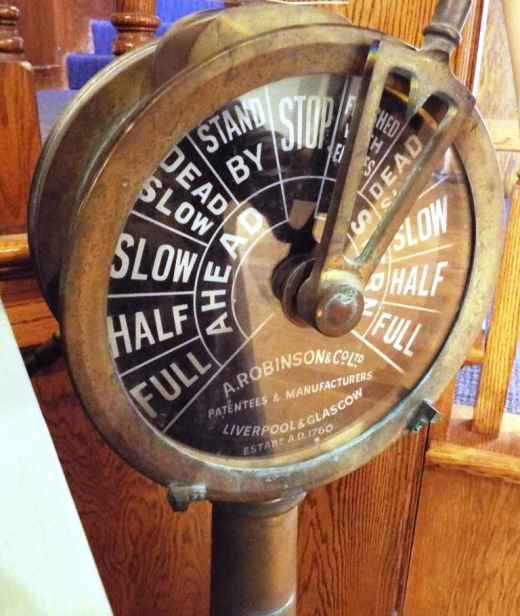History on Display at the Channel Islands Maritime Museum in Oxnard
/Located in the Channel Islands Harbor next to The Whales Tail Bar & Grill, the Channel Islands Maritime Museum houses an outstanding collection of maritime art, objects and unique ship models.
The Museum is home to a permanent collection of extensive marine art, featuring works by 17th century Dutch and Flemish artists Willem van de Velde and Bonaventura Peeters. Noted modern artists in the collection include John Stobart, Montague Dawson, David Thimgan, Roy Cross and Christopher Blossom.
The museum houses one of the two largest collections of antique Napoleonic prisoner of war sailing ship models in the country. Three thousand years of maritime history are illustrated by historic ship models, including the life's work of renowned builder Edward Marple. Exhibits on whaling, sailors' arts and the history of the Channel Islands Harbor and Port of Hueneme round out the collection.
The Museum also hosts lectures. temporary exhibits, open houses and more.
The museum is open Thursday to Monday from 11 AM to 5 PM. Admission is $7 for Adults, $5 for Seniors (62+) and $3 for children ages 6 to 17 (as of October 2016). Admission is FREE the 3rd Thursday of each month. For more information, visit www.channelislandsmaritimemuseum.org or call 805.984.6260.
















